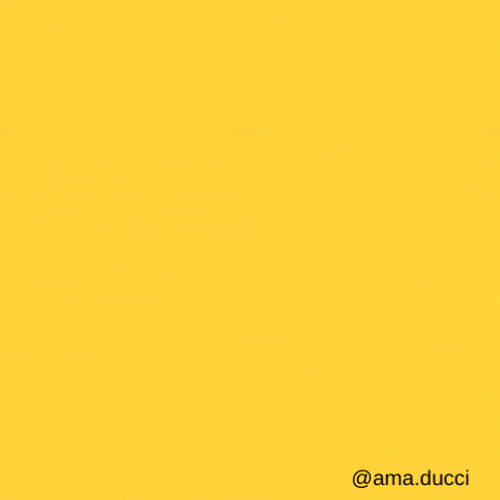¡Hola!
¡Les habla Ducci, una vez más! 💃
Hello!
It's me again, Ducci! 💃
I'm very happy with the scope of our last post, where I talked a bit about my experience with my first university project on the BASICS OF VISUAL ART.
And as I told, today I will talk about my second work, about color and its dimensions. In this case, applied in a MONOCHROMATIC photograph, where I should use elements of my daily life. For this reason I chose an ornate transparent cup and a bunch of red flowers that I have in my backyard.
I took the pic at dawn (on the same black ceramic as the peacock feather photograph), with the help of MARVAN who did the lighting for me with his smartphone. The camera used was also that of a smartphone (XIAOMI REDMI 9C) of 13 MPs.

But before presenting my assignment, I would like to explain a little what I learned about the main topic.
First, the characteristics of an image according to the color variation it has:
• An ACCHROMATIC image, which literally means "without color", are those that only present BLACK and WHITE, with their variations (grays). They are so called because black and white are NOT considered colors (black: absence of color; white: reflection of all colors);
• A MONOCHROMATIC image (a single color, used in the image of the task), are the images that present only one tone of the chromatic circle and its variations. They can also have black and white with their variations;
• A POLYCHROMATIC image, its name says, contains more than one color.
TONES, or colors, are what we already know, those that are present on the color wheel.
In the case of my photograph, I chose the RED tone (explained in the photograph below):
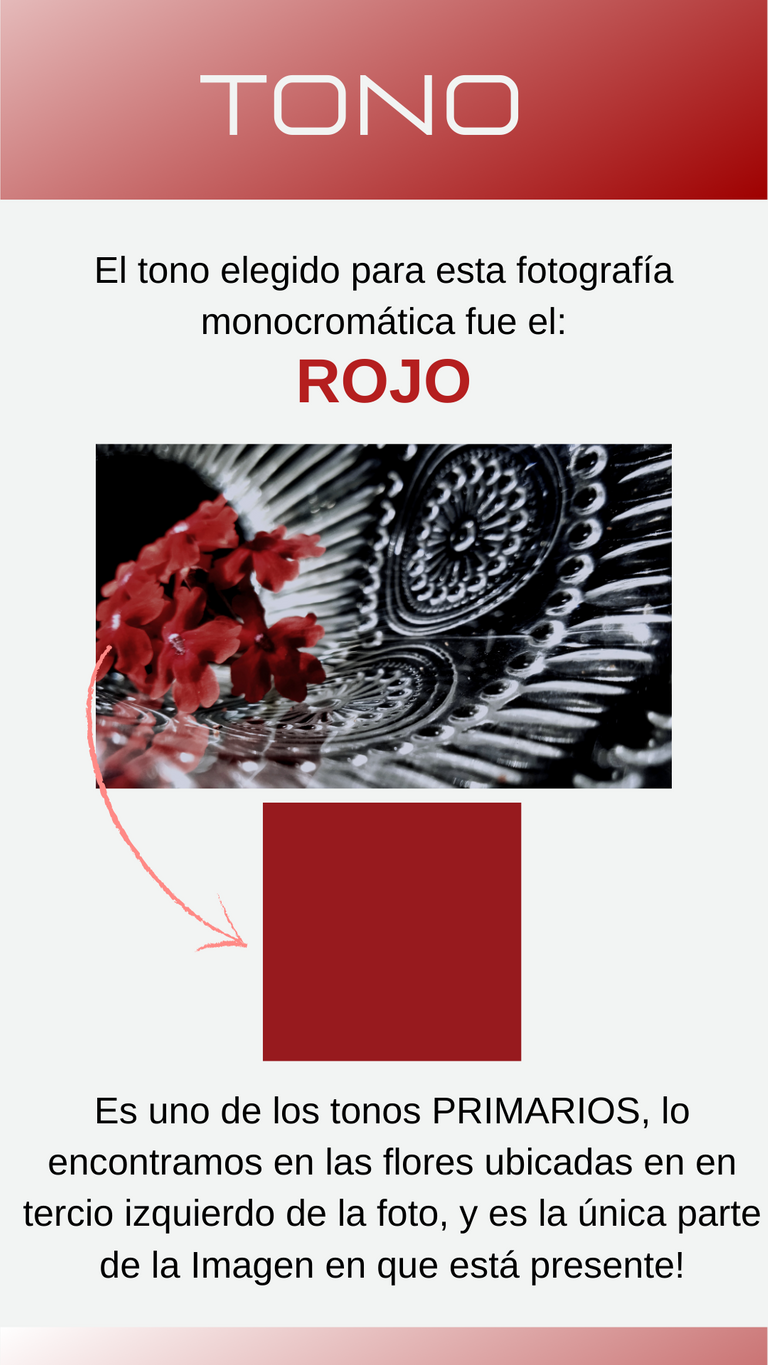
IMAGE TRANSLATION:
TONE:
The tone chosen for this photograph was RED.
It is one of the PRIMARY tones, we find it in the flowers located in the left third of the photo, and it is the only part of the Image in which it is present!
Then we have the variations of each tone of the chromatic circle according to its SATURATION and its VALUE:
- A color can be:
•Saturated: at its purest/intensity;
•Desaturated: in this case the pure color loses its intensity, leaving it lighter.
In the image below you can see the application regarding SATURATION:
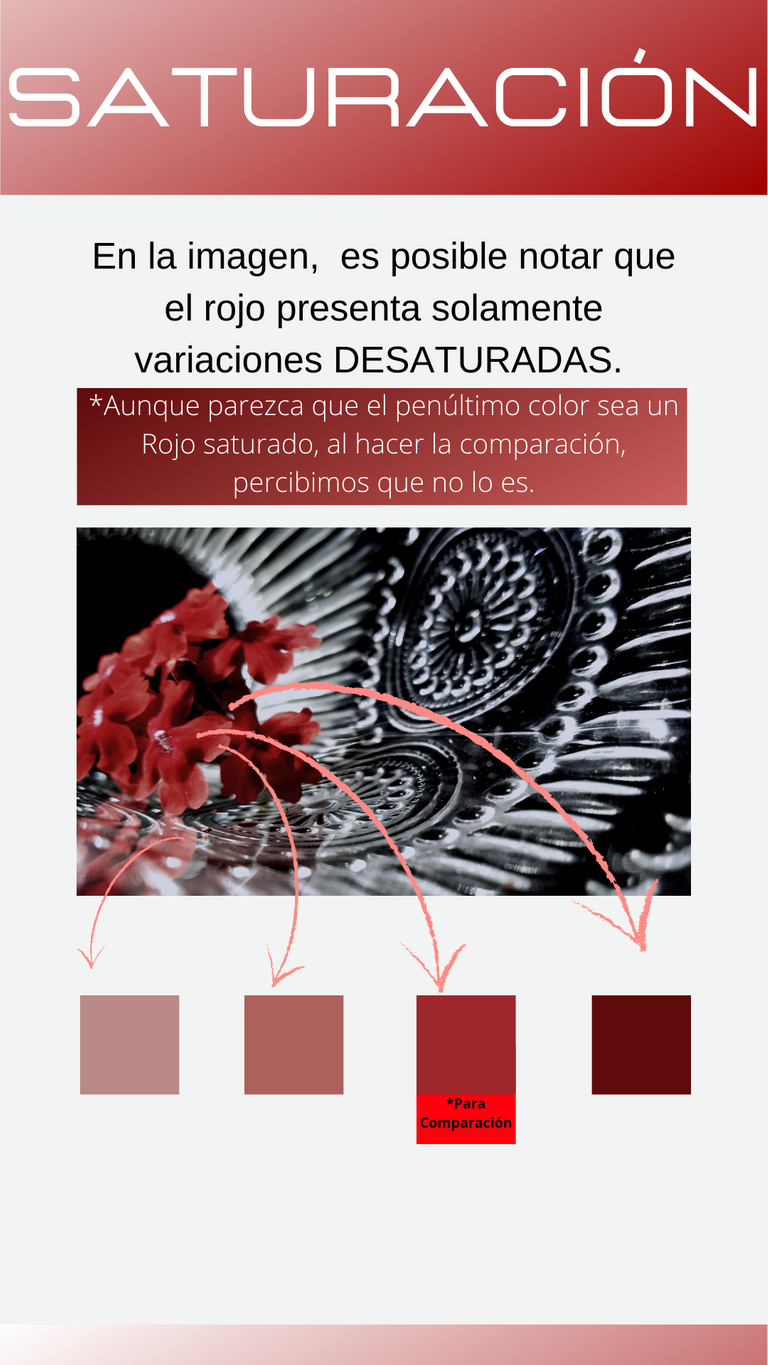
IMAGE TRANSLATION:
SATURATION:
In the image, it's possible to notice that the red presents only DESATURATED variations.
*For comparison: Although the penultimate color appears to be a saturated Red, when making the comparison, we perceive that it's not.
2.The color can also present its variation with respect to its VALUE:
• HIGH values: lighter colors;
• INTERMEDIATE values: as their name suggests, they are neither light nor dark;
• LOW values: darker colors.
For you to understand better, below is the image where I indicate each of the values:

IMAGE TRANSLATION:
VALUE:
The red values in the image vary between HIGH, MEDIUM and LOW.
HIGH: We can observe the highest value at the bottom of the left end, where the flowers reflect.
INTERMEDIATE: The intermediate value can be seen in almost all the parts of the flowers, mainly close to the nucleus of each one of them.
LOW: Low color values are located where there is more shade in the flowers. Also in the left third, but more towards the center of the image.
As a TIP to do your work (just like I did this one), I tell you that I love doing it on the CANVA platform (free version), where it really helps me with creativity and I even use it for many graphic design jobs:
http://canva.com
I also used the ADOBE LIGTHROOM app (free version) for editing, for me is great to use on the smartphone. And it helped me remove the green color from the stem of the flowers:
https://play.google.com/store/apps/details?id=com.adobe.lrmobile&hl=es_PY&gl=US
Now I leave you with some of the attempts I made to achieve the image I used in the task:
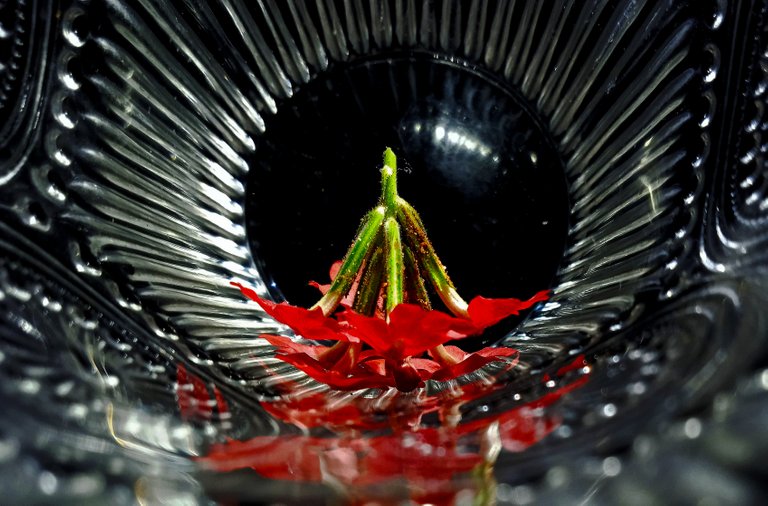

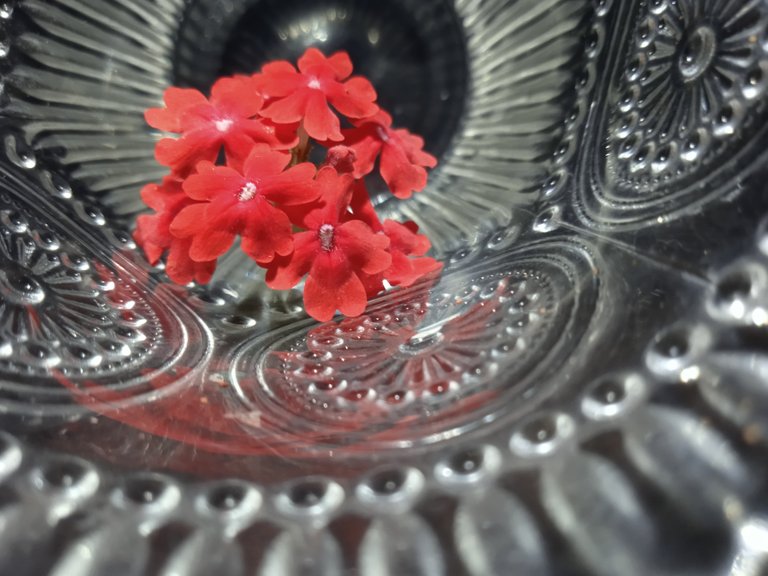
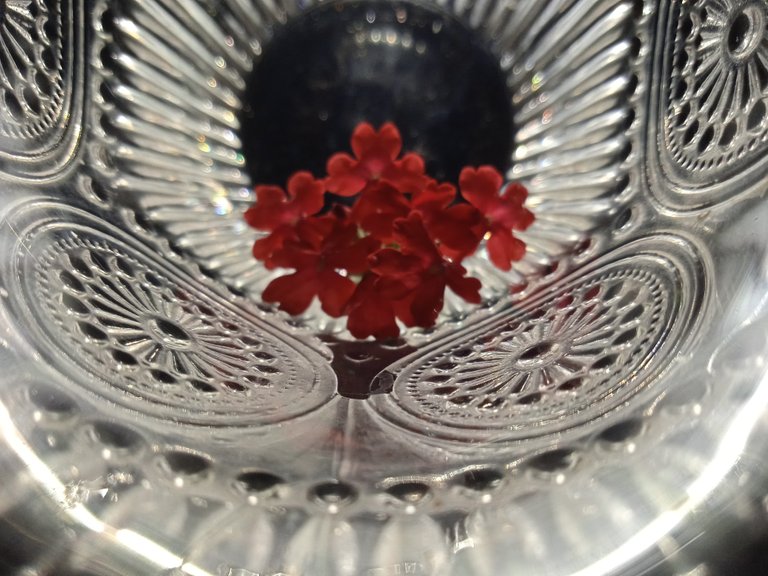
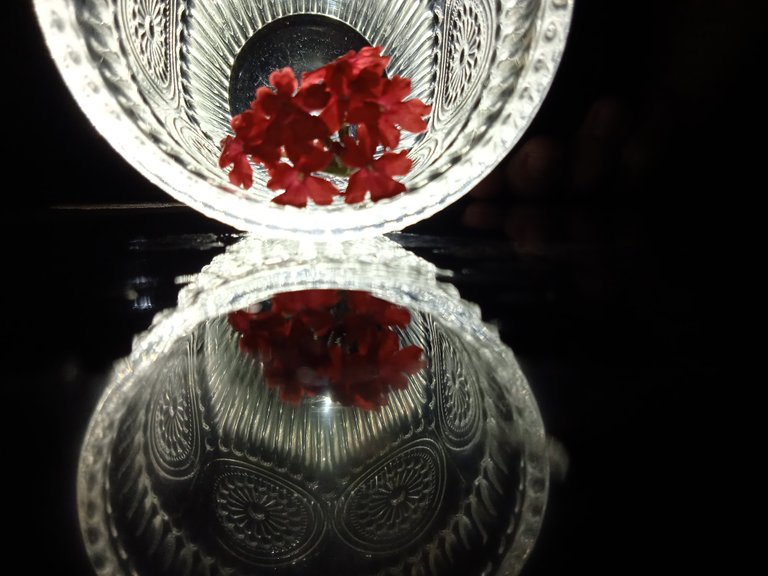
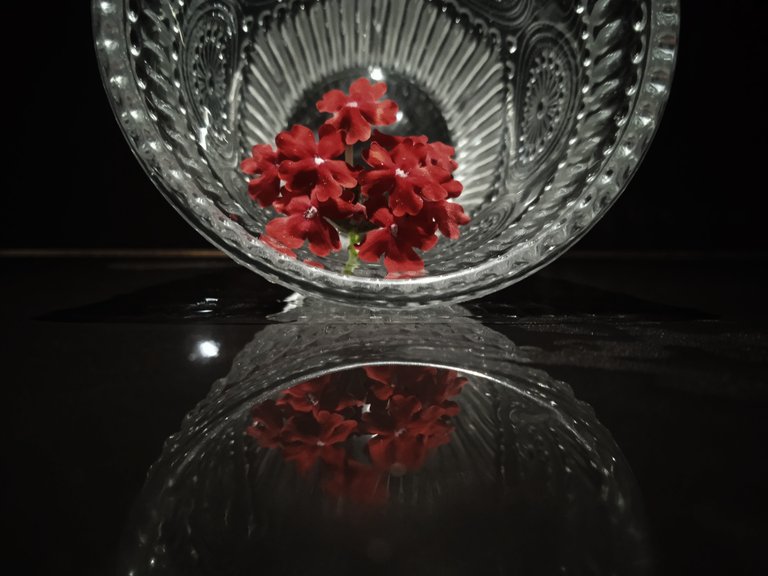
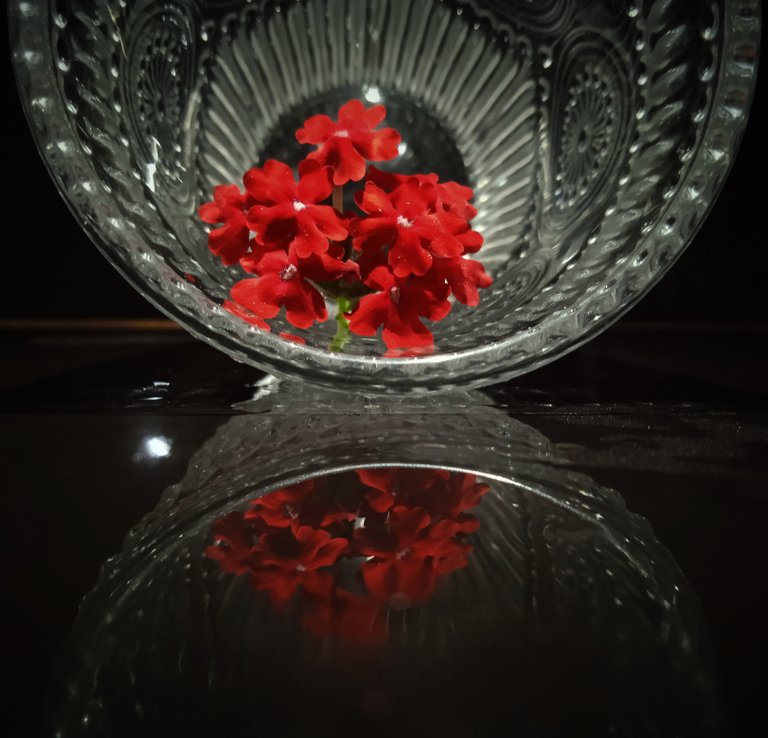
¡Les agradezco muchísimo por leer hasta aquí!
Siéntanse libres de preguntar, si tienen dudas.
¡Hasta pronto! 🙌🏼🙌🏼
Thank you very much for reading this far!
Feel free to ask if you have questions.
For the next one I want to bring you a work I did for the INTRODUCTION TO CINEMA AND AUDIOVISUAL subject, with examples of PLANES, ANGLES and CAMERA MOVEMENTS.
See you soon!🙌🏼🙌🏼
